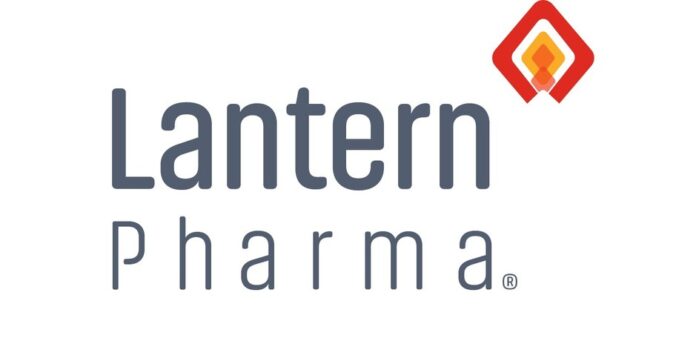DALLAS– Lantern Pharma Inc. (NASDAQ: LTRN), a clinical stage biopharmaceutical company using its proprietary RADR® artificial intelligence (“A.I.”) and machine learning (“M.L.”) platform to transform the cost, pace, and timeline of oncology drug discovery and development, today announced that it presented positive preclinical data on the efficacy of its drug candidate LP-184 for glioblastoma (GBM), used alone or in combination with the Food and Drug Administration (FDA) approved agent spironolactone, at the Society for Neuro-Oncology (SNO) annual meeting.
LP-184 is a small molecule drug candidate with a synthetically lethal mechanism of action (MoA) that preferentially damages DNA in cancer cells that harbor mutations in DNA damage repair (DDR) genes and that overexpress the enzyme PTGR1. Lantern is developing LP-184 for several central nervous system cancers including GBM, which is diagnosed in around 13,000 patients in the US annually and has an estimated market potential of $1.5-2.0 billion.
“In our SNO poster, we demonstrated the exquisite in vitro/in vivo efficacy of LP-184 towards GBM as a single agent or in combination with spironolactone. LP-184 has the potential to become a key therapeutic for the armamentarium for GBM, where the current SOC agent Temozolomide (TMZ) can be ineffective in 50-70% of patients,” stated Kishor Bhatia, Ph.D., Lantern’s Chief Scientific Officer. “Our continued work with Johns Hopkins paves a path forward for progressing LP-184 to the clinic for GBM where there is an urgent and unmet need for novel therapeutics,” continued Dr. Bhatia.
The SNO poster, which was presented in collaboration with John Laterra, M.D., Ph.D., Co-Director of the Brain Cancer Program at Johns Hopkins University, shows data supporting LP-184’s superior anti-tumor efficacy over the current GBM SOC agent TMZ in GBM preclinical models. In mice implanted with TMZ resistant GBM patient derived xenografts, LP-184 was demonstrated to have an IC50 nanomolar potency of 209 nM, which was around 5,000X more potent than TMZ. Additional preclinical findings in the poster demonstrate that LP-184’s anti-tumor efficacy for GBM can be enhanced when combined with spironolactone, an FDA approved agent that can inhibit DDR mechanisms by degrading the protein ERCC3. Combining LP-184 with spironolactone not only enhances LP-184’s potency, but also has the potential to decrease the expected dose needed for treatment in patients. These results continue to validate LP-184’s potential as a promising therapeutic agent for GBM, which has had no effective therapy developed in over 17 years.
LP-184 has been granted Orphan Drug Designation by the FDA for the treatment of malignant gliomas, atypical teratoid rhabdoid tumors (ATRT), and pancreatic cancer, and was also granted a Rare Pediatric Disease Designation for ATRT. These designations and continued positive preclinical data will help to accelerate LP-184 towards a targeted IND submission in Q1 2023 and first in human Phase 1 clinical trials anticipated to commence in Q2 2023.



